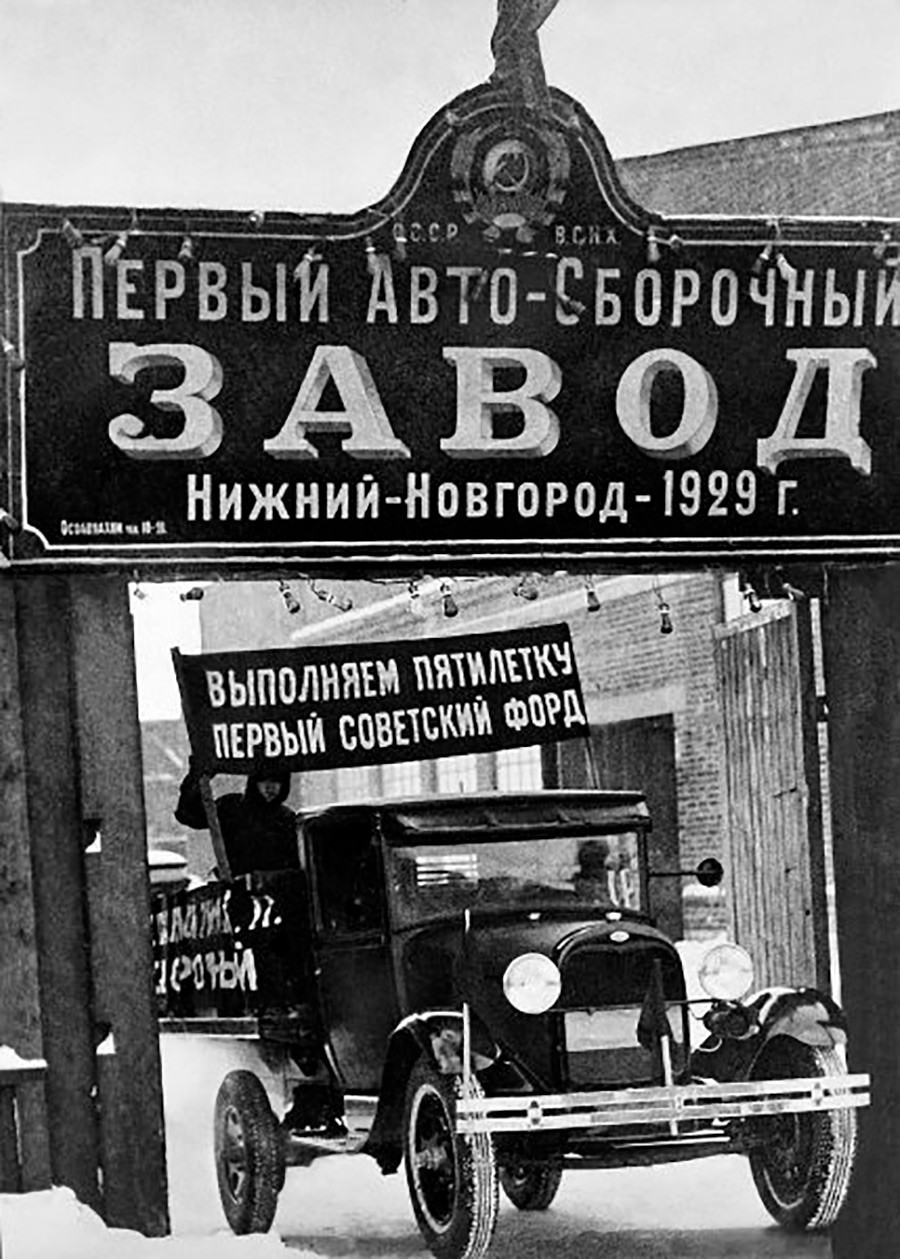The rise and fall of Ford in Russia
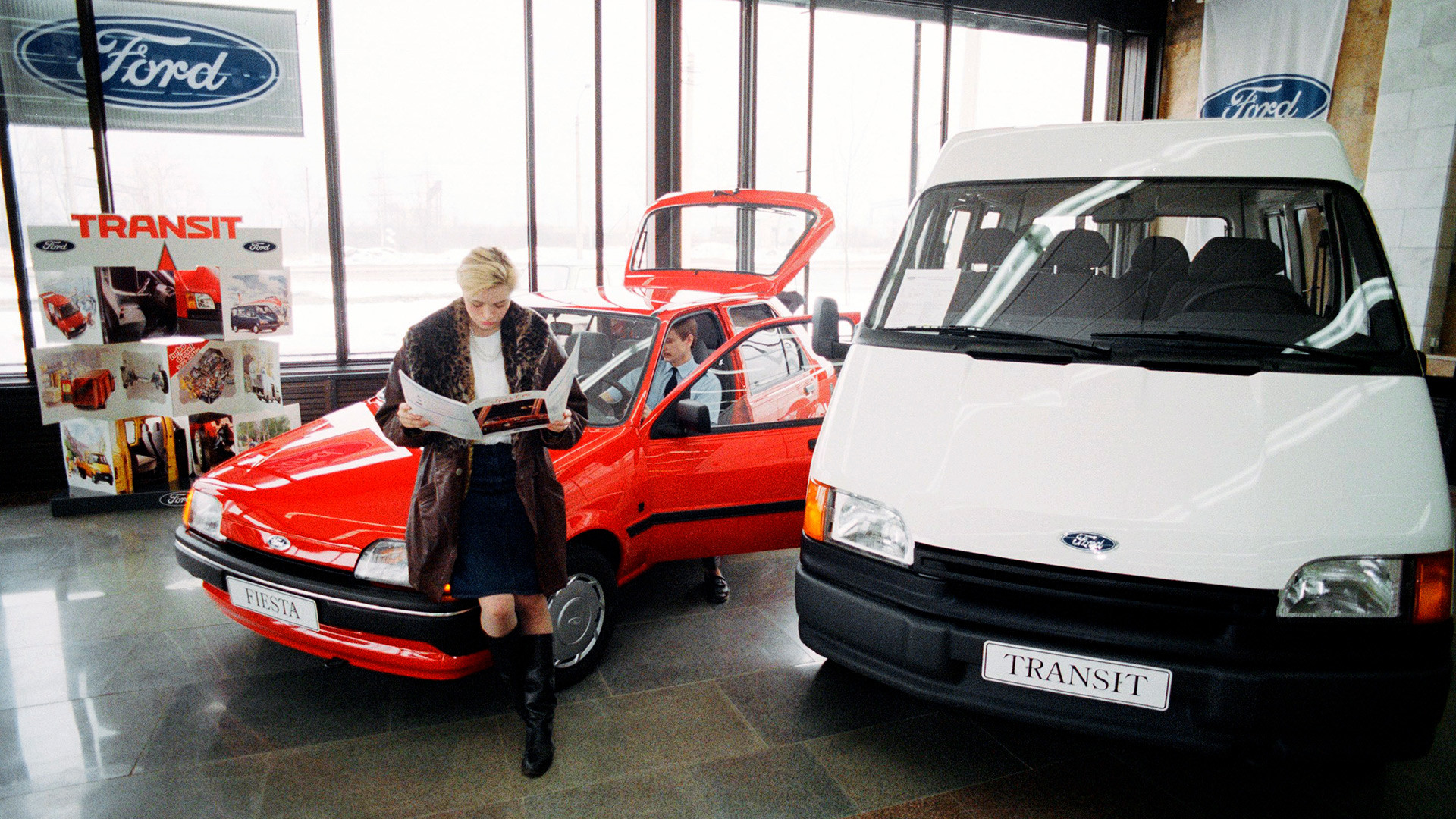
The history of the iconic U.S. carmaker in Russia began at a time when most ordinary folk could not even dream of owning such a vehicle. Yet only four years after the company’s founding, Ford opened an official branch in the Russian Empire in 1907.
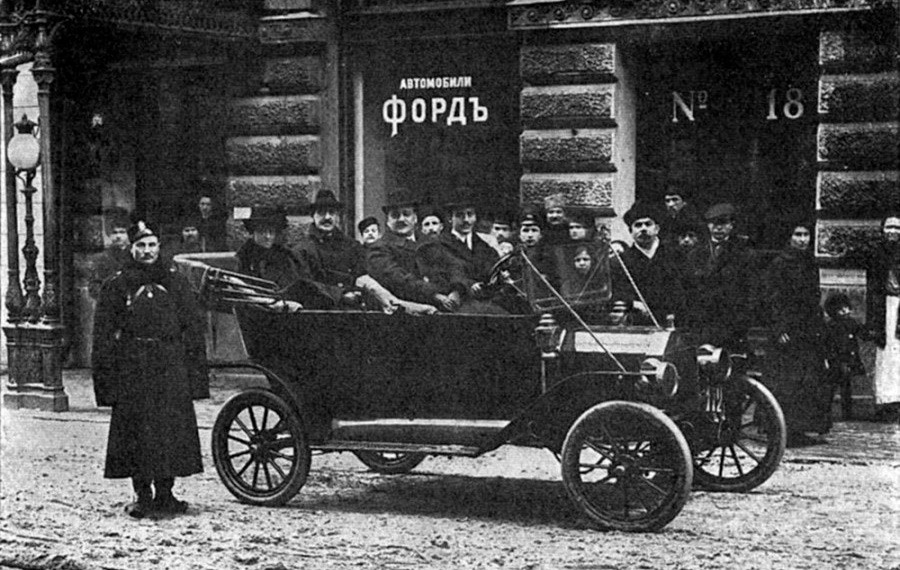
These were not the most peaceful times for the world, and Russia in particular. The October Revolution was fast approaching, which, when it hit, swept away the old order and created an entirely new state in the shape of the USSR. Incredibly, not only did Ford not leave Russia after the revolution, it saw good prospects for doing business with the new Soviet government.
In 1930, the KIM Moscow Automobile Plant opened in the USSR, where assembly of the Ford A passenger car and Ford AA truck got underway.
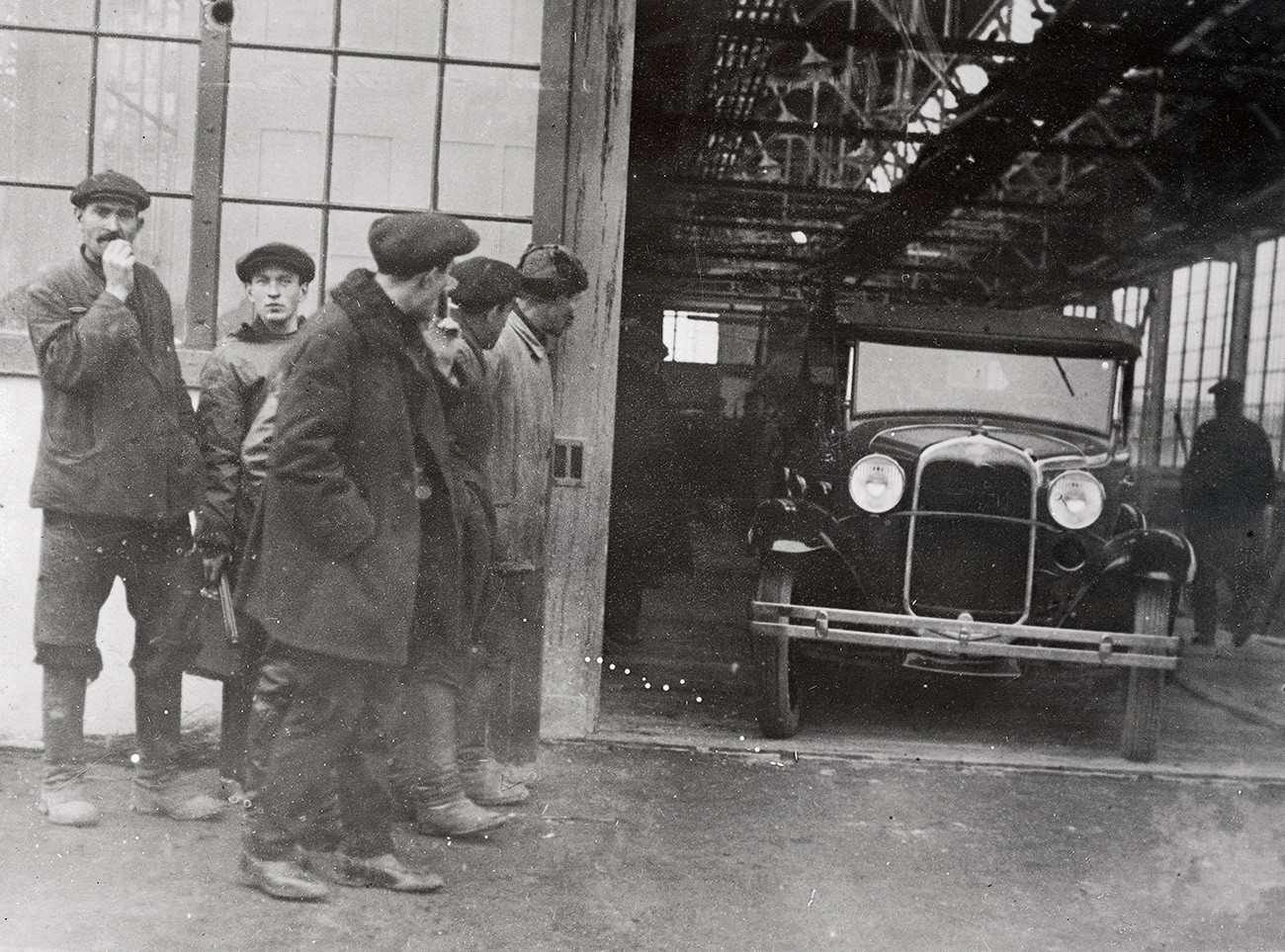
In 1932, U.S. specialists were involved in the construction of an entirely new Soviet car plant, which soon became known as the Gorky Automobile Plant. The plant produced the legendary GAZ vehicles, built using Ford technology.
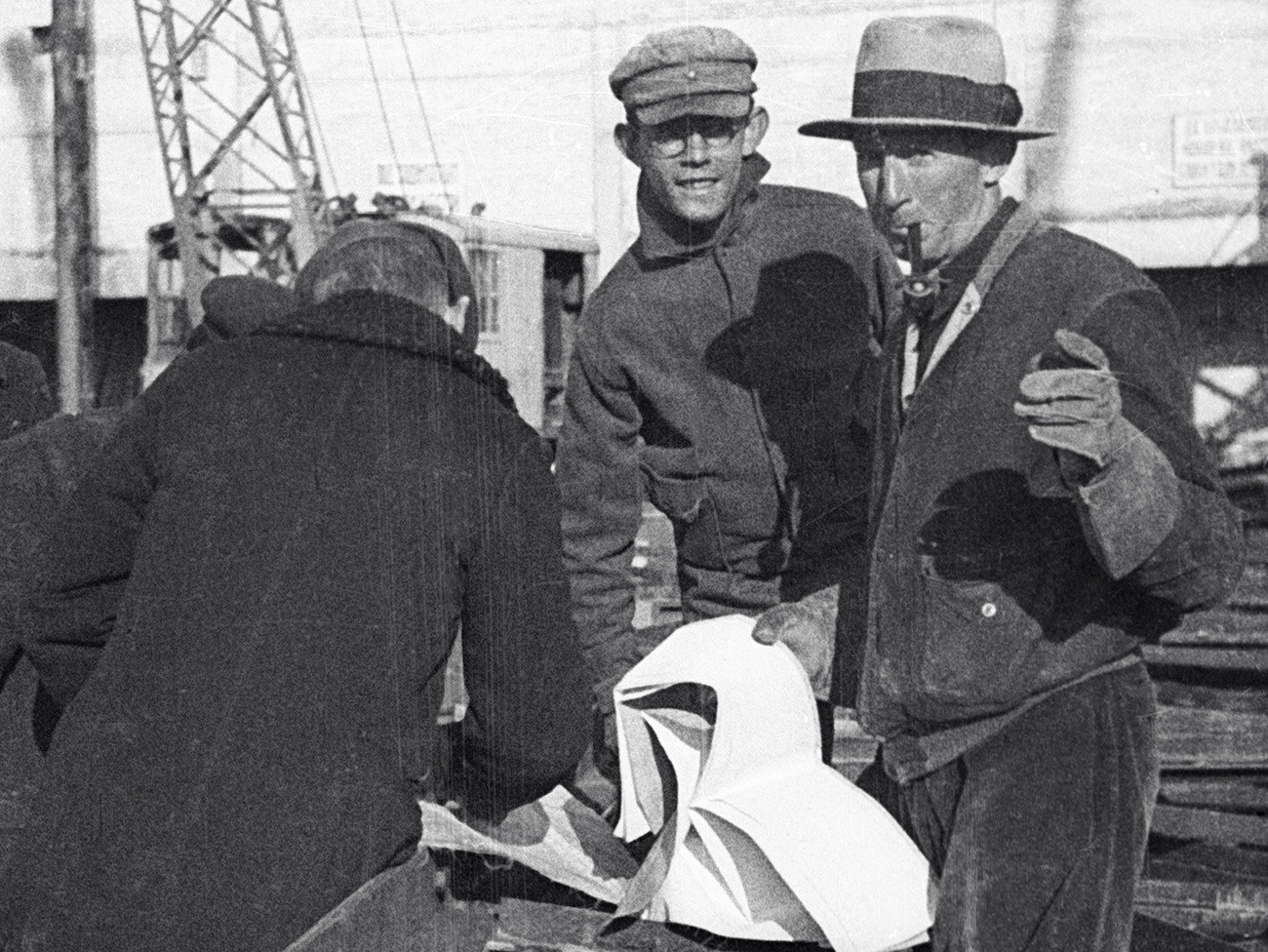
In 1936, this plant produced the GAZ M-1, built on the basis of the Ford B. Even during the Cold War, when relations between two new superpowers hit rock-bottom, Soviet car designers continued to work for many years from a manual written by a Ford employee.
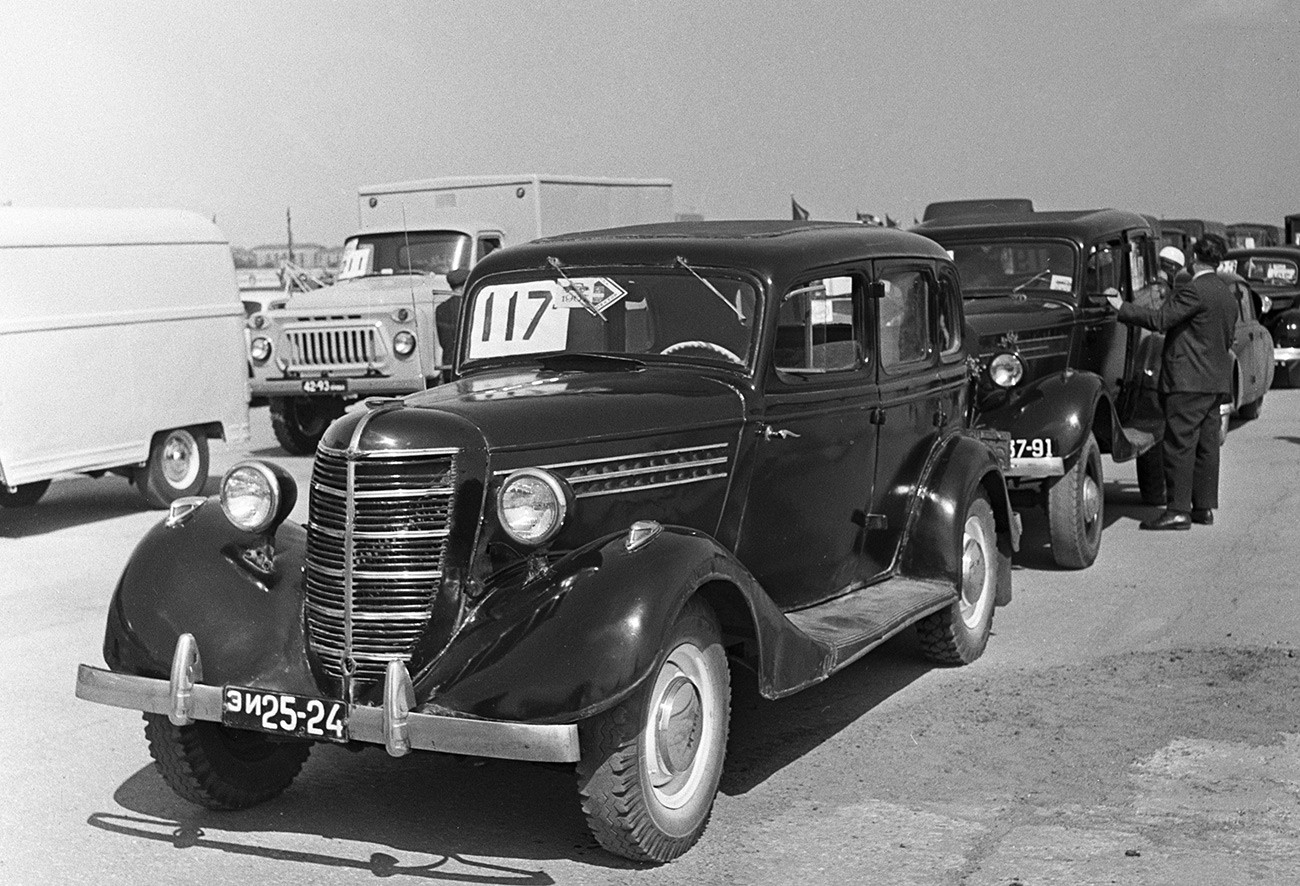
However, the Americans were not the only ones with something to share. In the mid-1960s, Henry Ford Jr. himself flew to Moscow with the express purpose of purchasing a license to manufacture the Soviet ZIL-118 Yunost (Youth) microbus. This remarkable Soviet invention was noted for its striking design – a kind of bus/limousine hybrid. Unfortunately, Ford’s negotiations with the Soviet government failed to yield results.
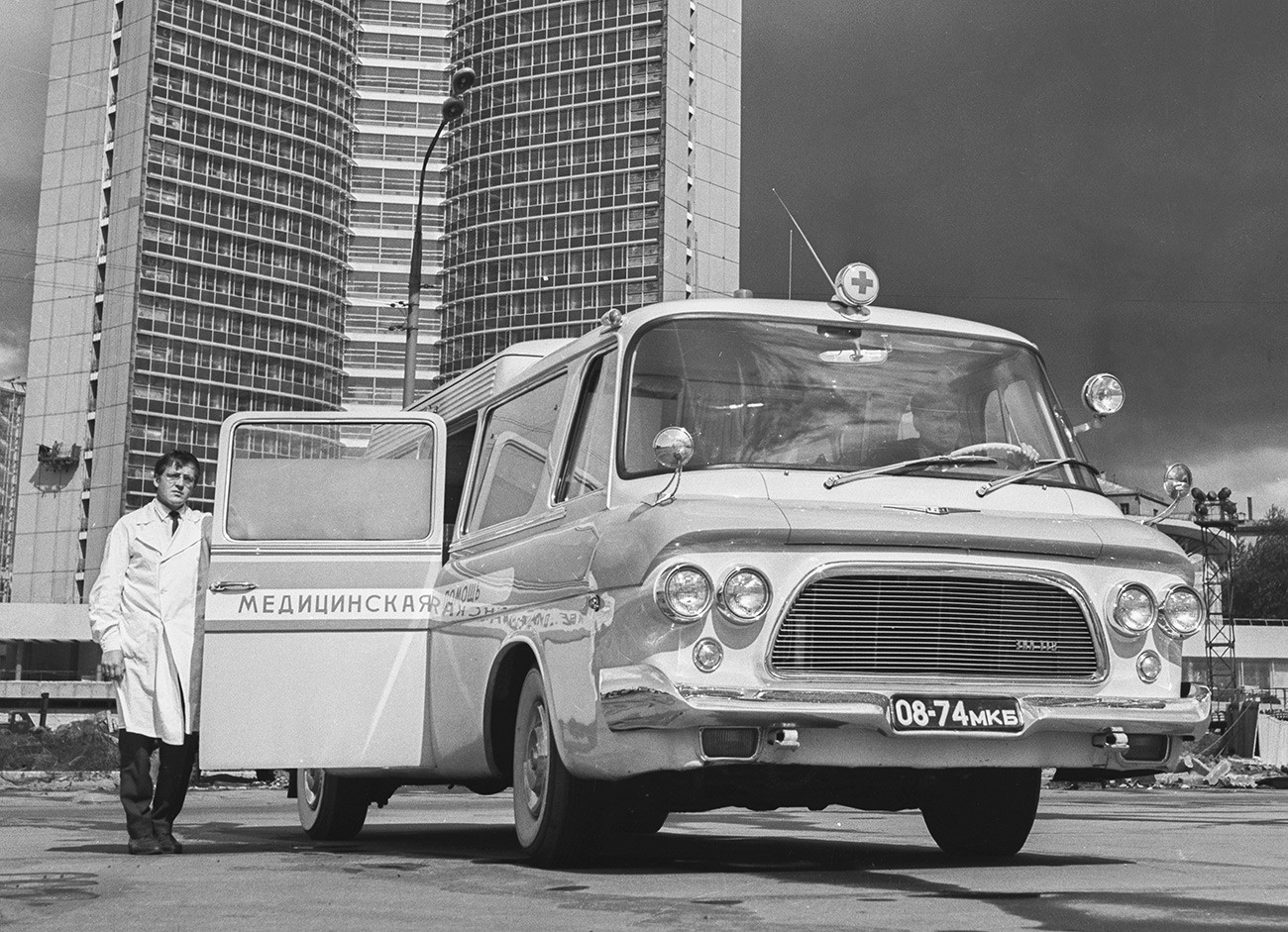
It wasn’t long before Ford had to endure another “Russian revolution.” This time around, the Communist superpower – closed and hostile to all things American – was supplanted by a liberal country that wanted quality cars. However, the economic climate in the 1990s was fraught with risk for foreign car companies looking to grab a slice of the new market.
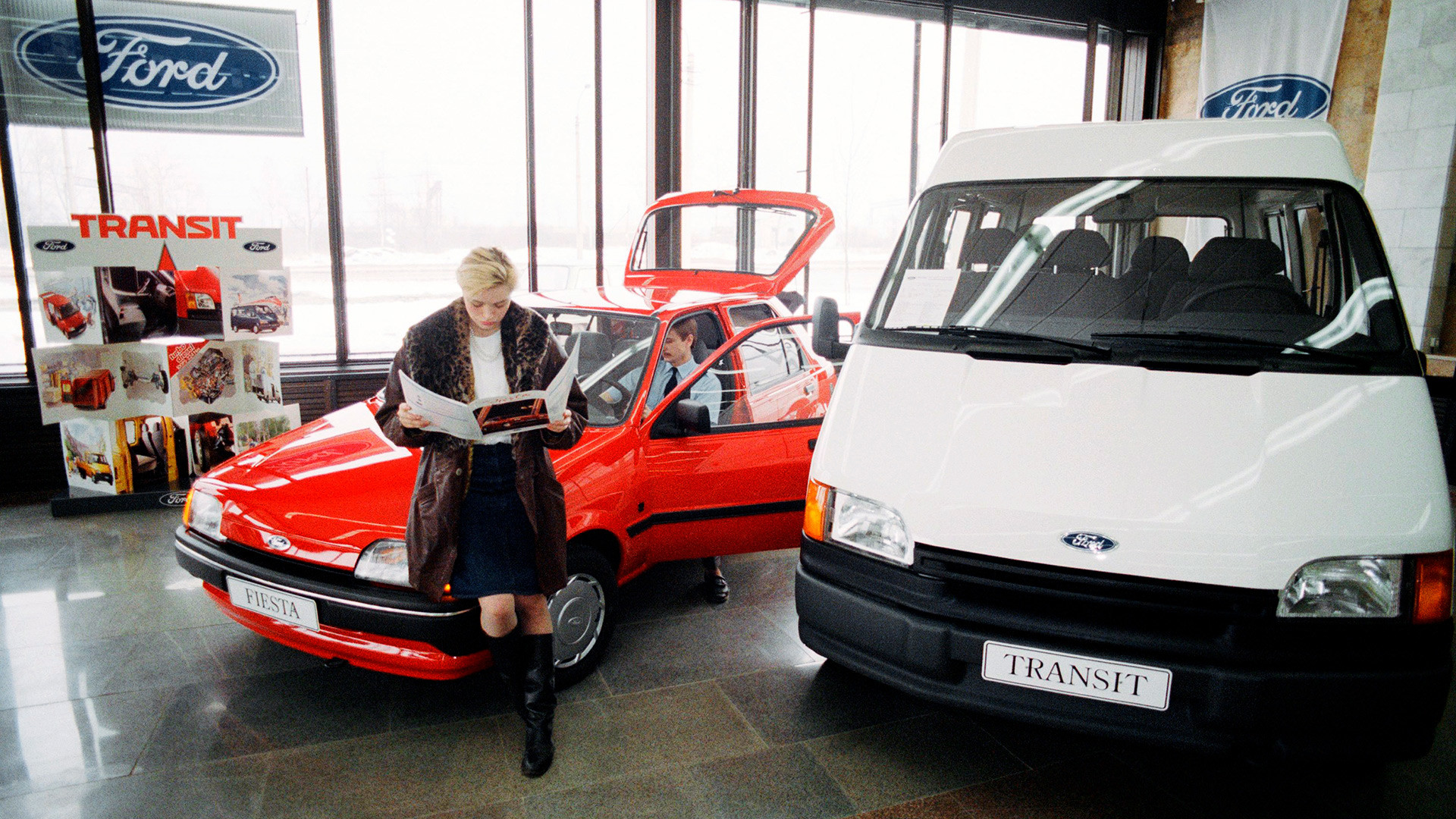
As in the 1930s, Ford seized the risk by the horns, becoming one of the very first foreign companies to open a branch in the new Russian Federation in 1992; a decade later, in 2002, the U.S. manufacturer opened its first plant for the production of foreign cars.
“The rules were written around Ford. It was a shock for Russians. The plant started making affordable modern cars with a variety of trim levels and a starting price of $11,500. Back then, no competitors were offering anything like it,” says car expert Igor Morzharetti.
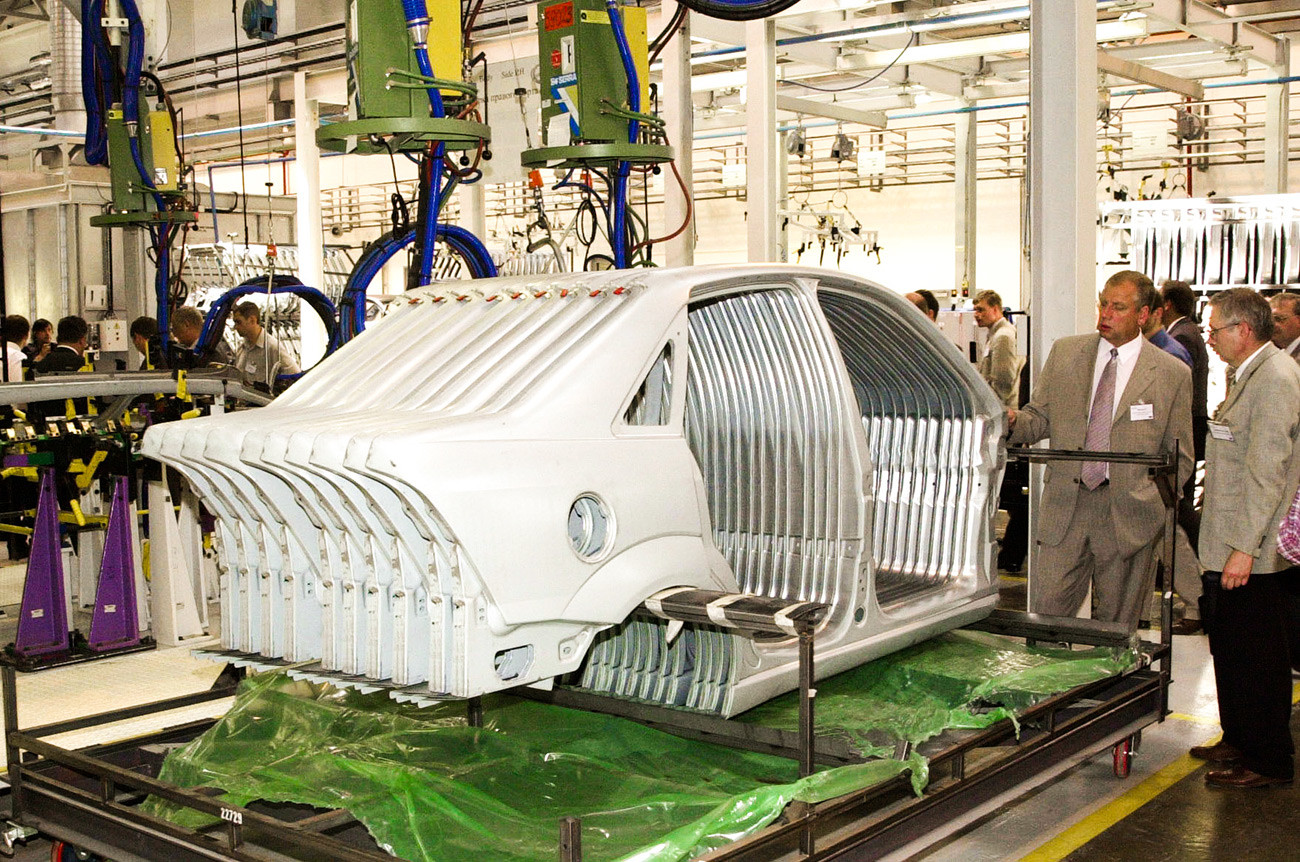
Despite the tough economic situation in the country, Ford was able to win the hearts and minds of many Russian motorists, all with the help of just one model: the Ford Focus.
A year after production opened in Russia, the Ford Focus became the best-selling foreign car on the Russian market, with order waiting times of up to six months.
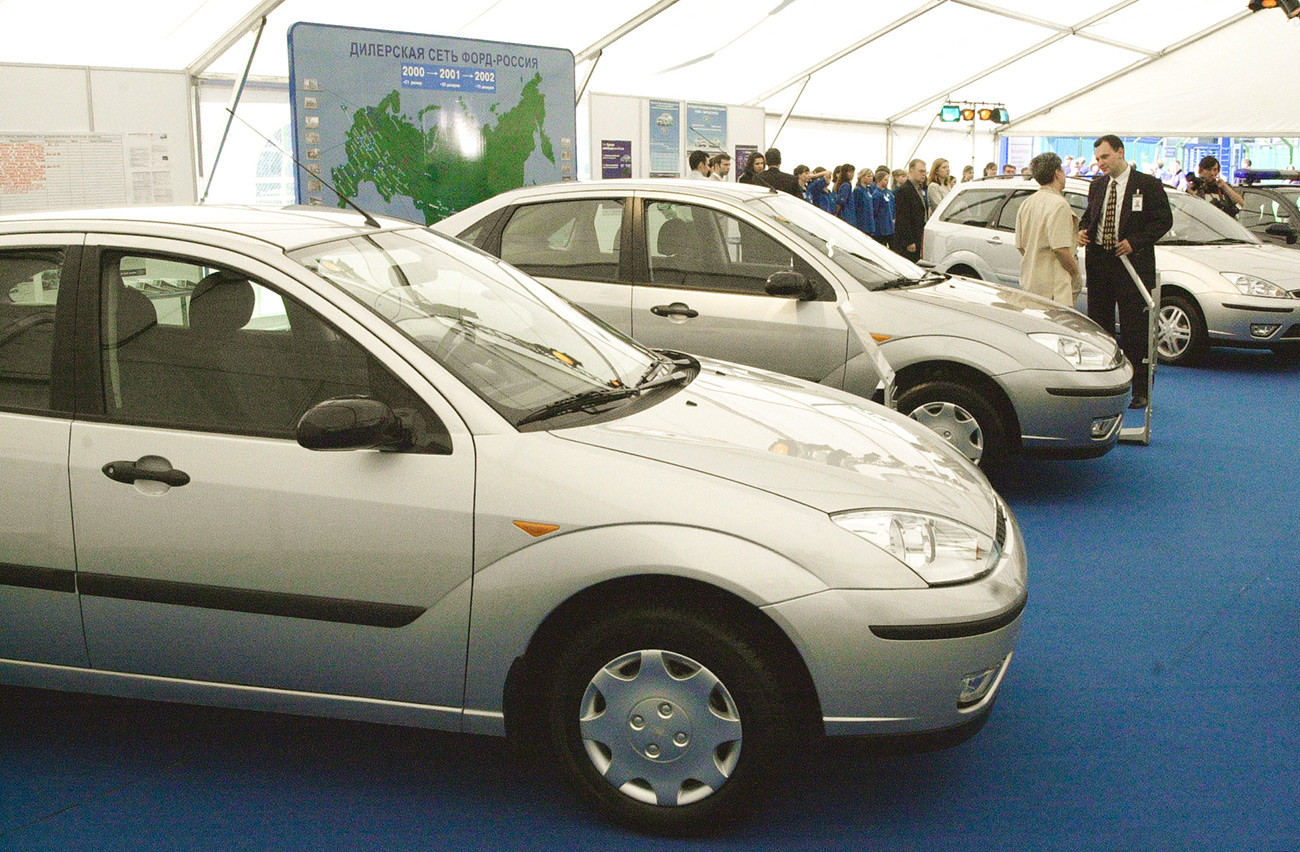
The Ford Focus model produced in Russia was identical to the European version, save for the more powerful battery (to cope with the harsher winters) and higher ground clearance (due to the less-than-perfect roads). Additional features, considered luxury at the time, went down very nicely with Russian buyers, who were happy to cough up an extra $500 for alloy wheels, while neglecting ABS.

The crisis of 2008 struck the Russian car market only a glancing blow, says Morzharetti. Neither Ford nor other foreign companies that entered Russia in its wake suffered a major drop in demand for new cars.
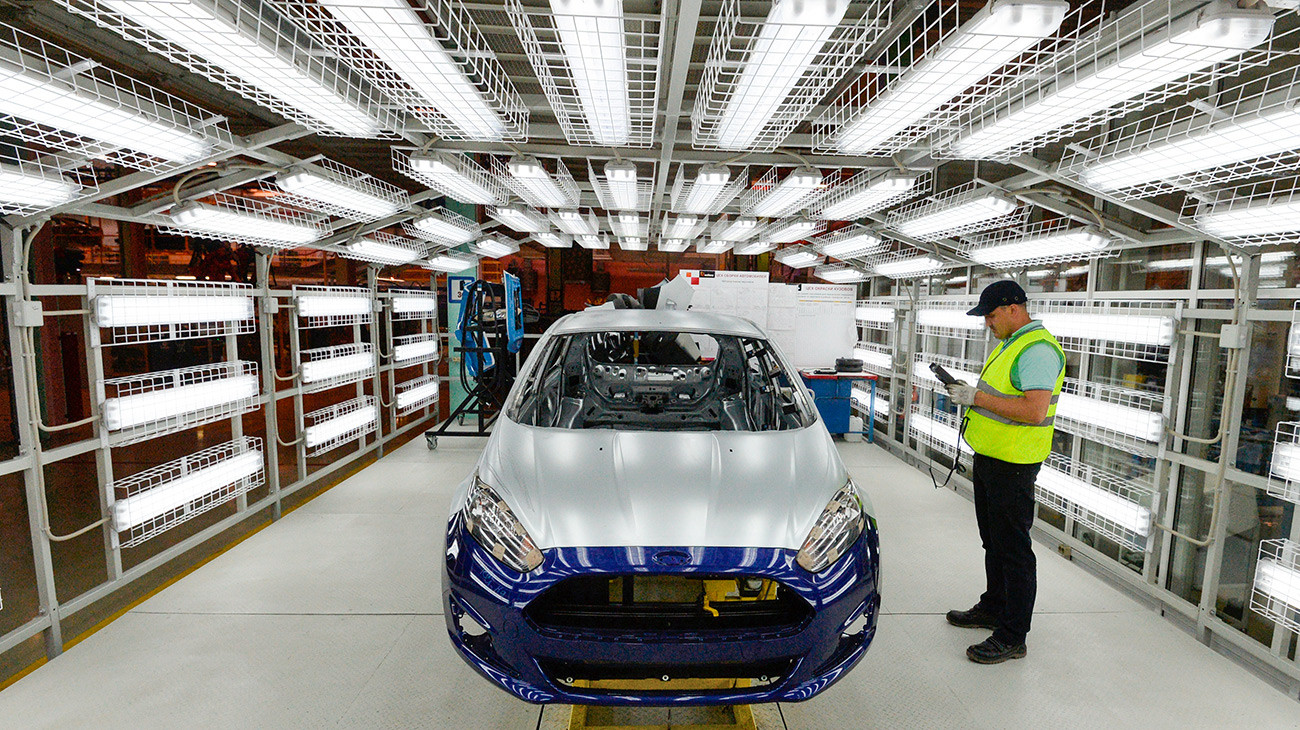
Inspired by its considerable success in Russia, Ford set up a joint venture with the Russian automotive giant Sollers to hike production capacity in Russia. Now, alongside the Focus and Mondeo, the Transit, Kuga, Explorer, Ecosport, and Fiesta were added to the “Made in Russia” list.

Sadly, however, the company’s days in Russia were numbered. Post-2014, the Russian car market slumped due to the poor economic climate and rising international tensions, which led to a fall in the ruble and a drop in household income. All this negatively impacted demand for new foreign cars in Russia. For Ford, which literally the day before had splashed out millions of dollars to expand capacity in Russia, such turn of events was calamitous. The cost of opening a single engine factory came to $275 million (Ford later estimated the outlays on closing all its plants at $500 million).
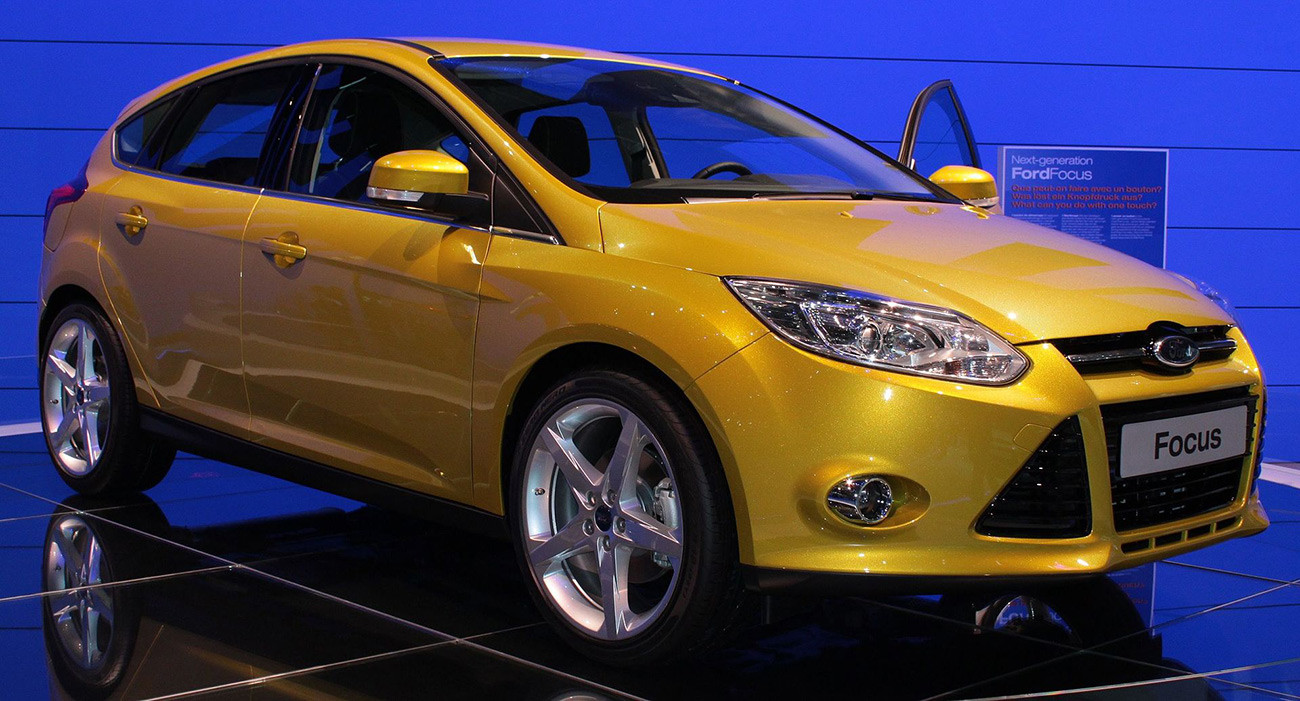
At the same time, the company blundered with the release of the Ford Focus III. Combined with the unfavorable situation in the Russian market, the Focus III was the mishap that ultimately knocked Ford off the top of the leaderboard. Even its basic trim level cost $18,000 – and that despite the ruble having almost doubled. The price for local buyers was stratospheric and precluded the car from the budget segment, without claiming a place in the premium sector either. As a result, sales of new cars in 2014 declined by 60% against the year before.
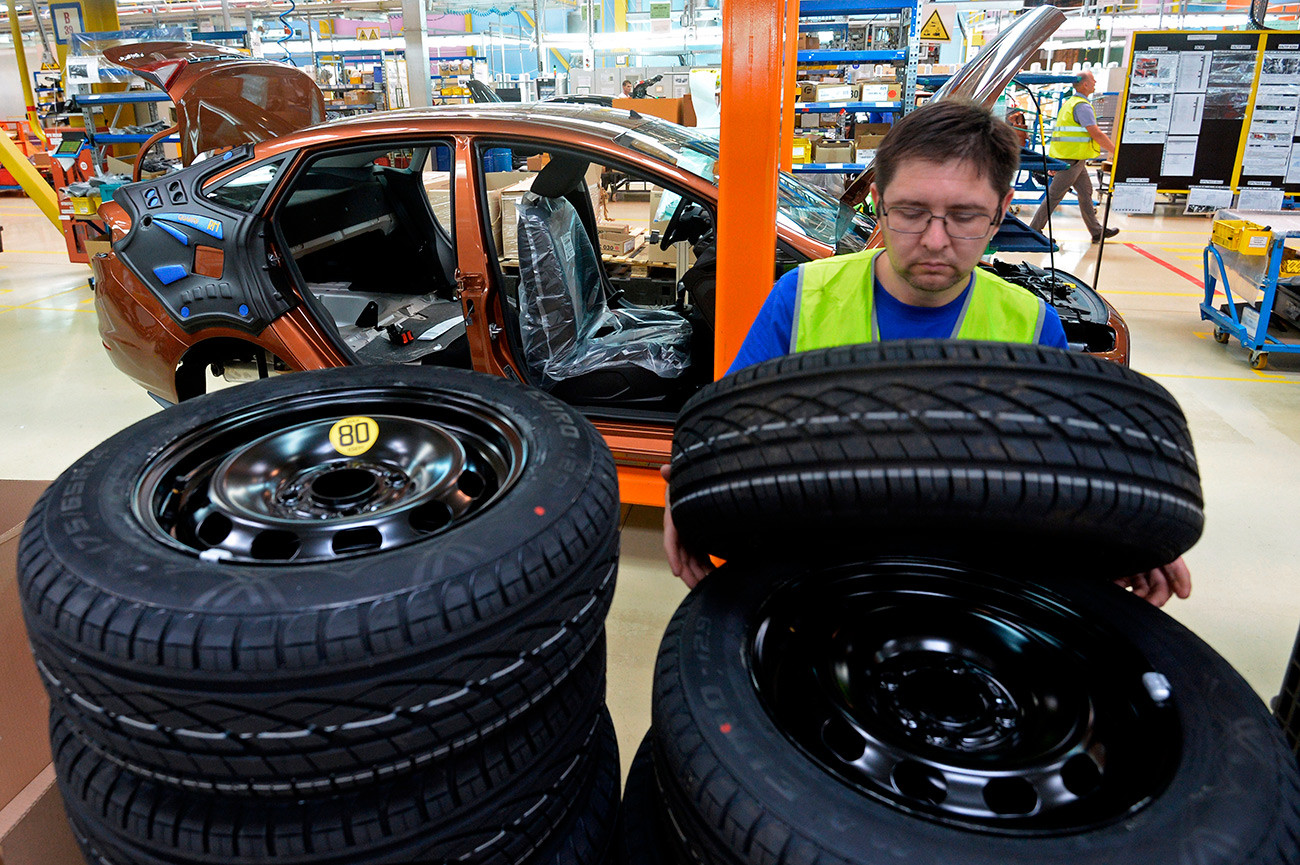
“Household incomes fell after 2014, so the much-improved Ford Focus III was stuck in first gear from the outset. It was at once too expensive for the budget segment and not flash enough for the premium. The Ford Focus III just didn’t find its niche,” says Morzharetti.

In 2019, Ford announced the end of production in Russia and shut down all factories bar one, which still makes light commercial vehicles. The company thus lost a market in which it had operated (and dominated) for an entire century.
Click here to read about the dos and don’ts of Moscow street racing.
If using any of Russia Beyond's content, partly or in full, always provide an active hyperlink to the original material.
Subscribe
to our newsletter!
Get the week's best stories straight to your inbox
